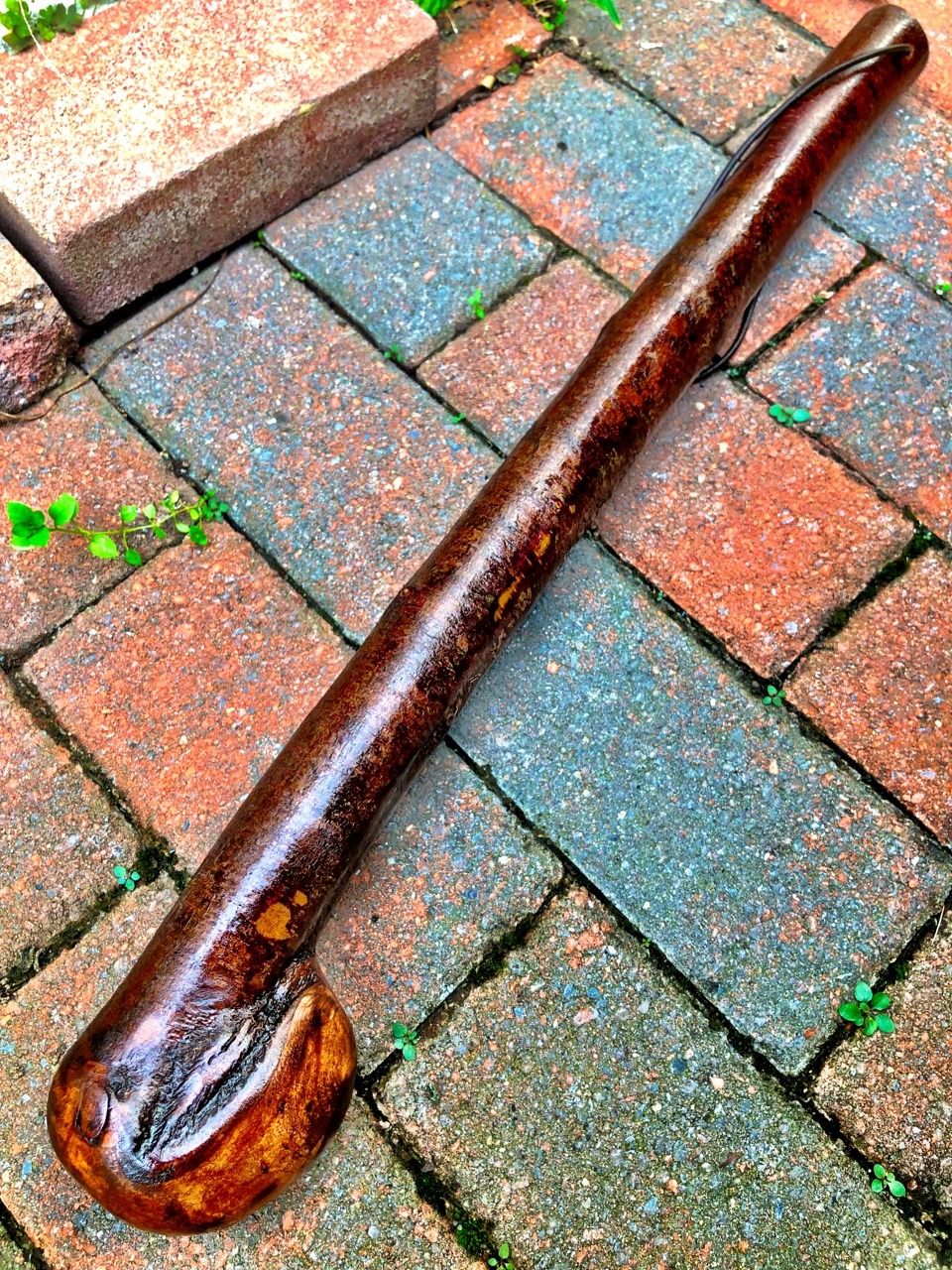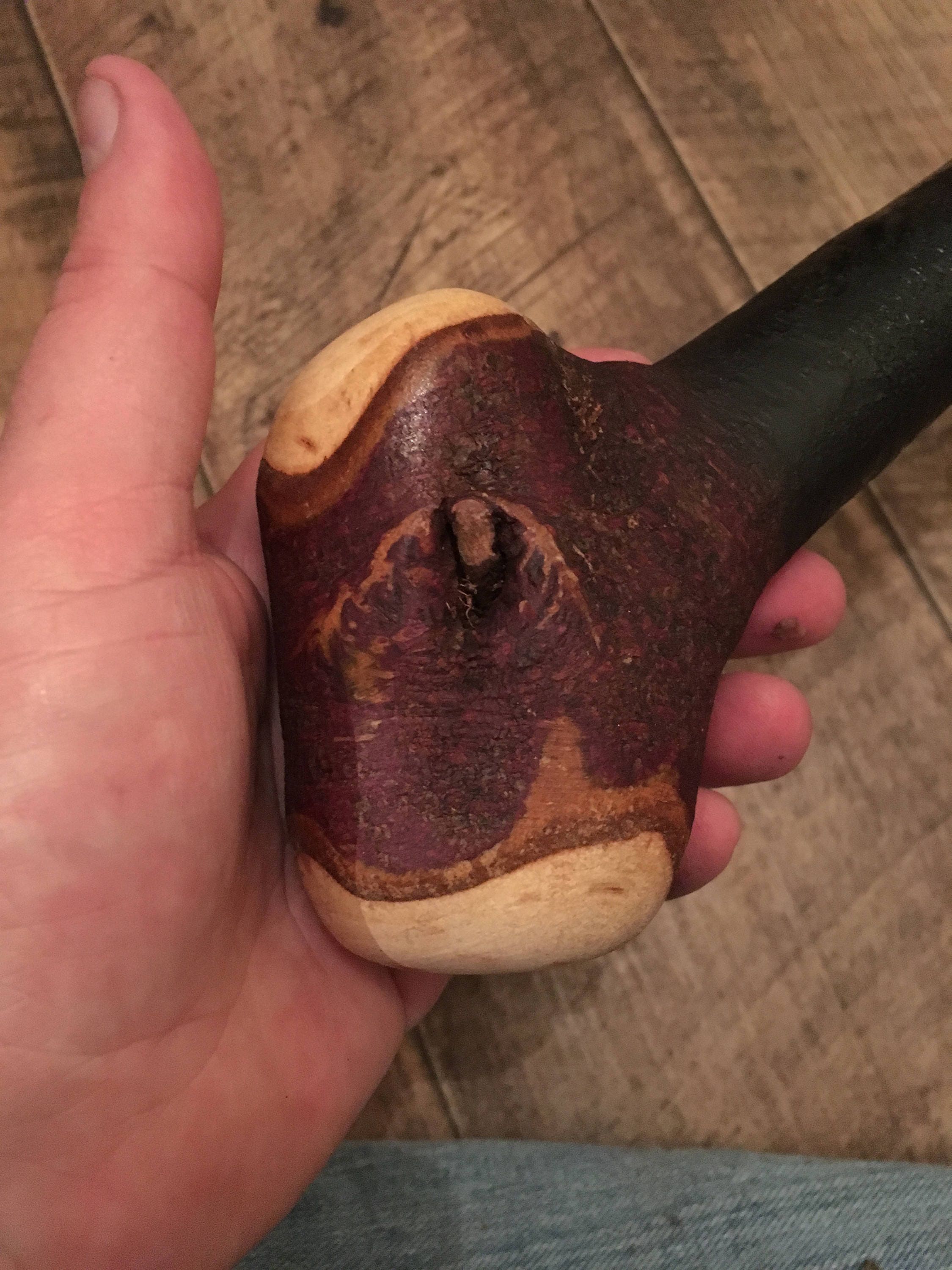
It seems that from the original Irish staff, spear, axe, stick and sword fighting methods originated the later form of Irish stick fighting which came to be associated with the Shillelagh.īataireacht and “Shillelagh Law” The Shillelagh was the primary weapon used in Bataireacht – a form of traditional Irish stick fighting popular in the 18th and 19th centuries. There are some historical records and references that say the practice of stick-fighting in ancient Ireland was an analog to help train Irish warriors in broadsword and sabre fencing.

Shillelaghs can be everything from ornamental keepsakes to walking sticks to lethal fighting sticks, especially when fashioned with lead “loaded” heads. Blackthorn has unique properties and it delivers the correct blend of lightness and hardness which follows a process of cutting, seasoning, oiling, fashioning and sealing. It is typically made from a stout knobby and knotty stick with a knotty head, which can be used for gripping or striking. The Shillelagh was commonly used as a walking cane or walking stick, and can sometimes be described as a cudgel. Shillelaghs are usually made from Blackthorn wood with a leather wrist strap joined to the handle. The Shillelagh is thought to have originated in the village of Shillelagh, County Wicklow, which was once said to be surrounded by vast oak forests. His followers became known as the “Siol Ealaigh” meaning the seed or descendants of Ealach.
Irish cane shillelagh mac#
Jean McClelland writes about antiques for The Herald-Dispatch.The word Shillelagh comes from the Irish phrase sail éille which translates into English as “thonged willow-stick.”Īnother origination story states that the name came from a king or clan chieftain, Ealach Mac Faelchon who lived in the 7th century AD. Headaches from overindulgence are much more preferable to those that result from a wallop of a Shillelagh. Today, as you look down at that green beer be glad that the Irish tradition of engaging your buddies in a contest with a Shillelagh is no longer the fashionable way of celebrating. This ornate special featured Irish cane can be sold for hundreds or even thousands of dollars however most Shillelaghs are sold for less than $100.00. The more unusual the cane the more collectible and valuable it becomes. Today’s collectors look for special features in old canes such as hidden swords, camouflaged whiskey flasks or unusual materials forming the head of the cane.

Early on this cudgel was whittled leaving the knobs and thorns in place so as to make it a better weapon when giving their adversary a good wallop. Interestingly it was an English writer who first dubbed the bata a Shillelagh due the origin of the wood.

The Irish fighting stick came by the name of Shillelagh due to the fine woods most favored in the making of the cudgel that were found in Ireland’s Shillelagh Forest. As time moved on, the fights took on a sportsman type venue at many ale intensive celebrations. From the 17th thru the 19th Century, those fights were most prevalent between political groups called ‘factions’. There were even trainers or fencing masters called “Maighistir Prionnsa” to help them perfect their bata skills.
Irish cane shillelagh how to#
As a rite of passage young Irishmen learned how to protect themselves in a fight.


 0 kommentar(er)
0 kommentar(er)
